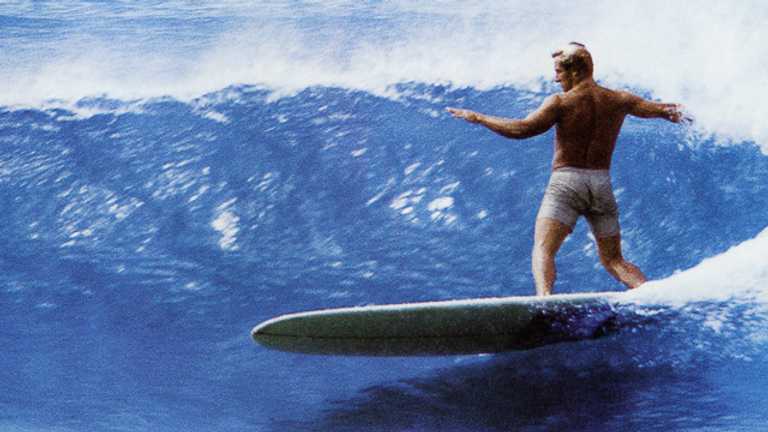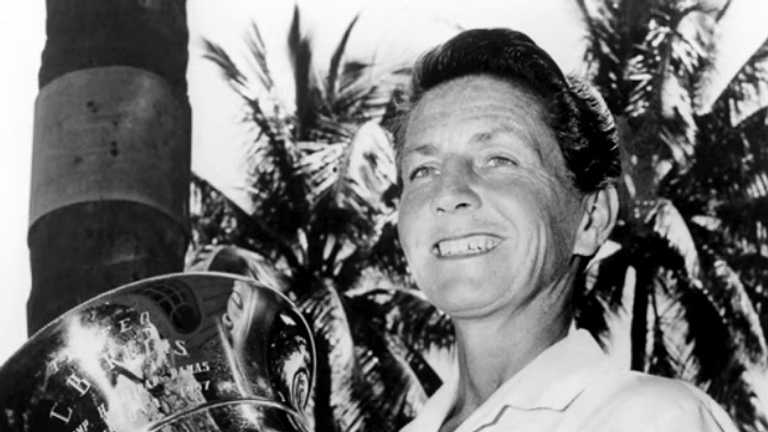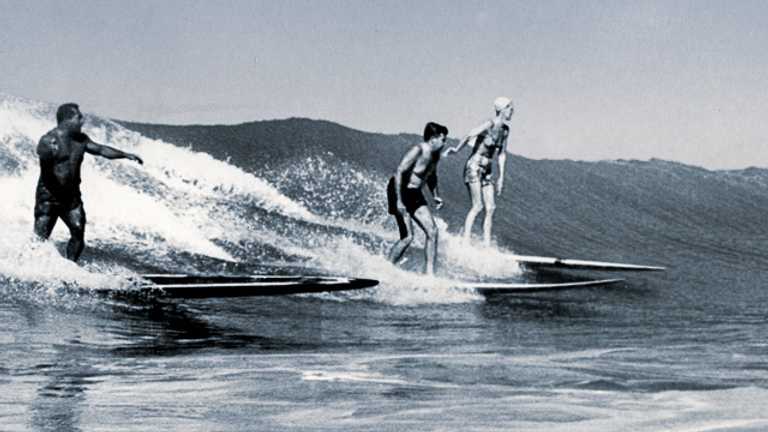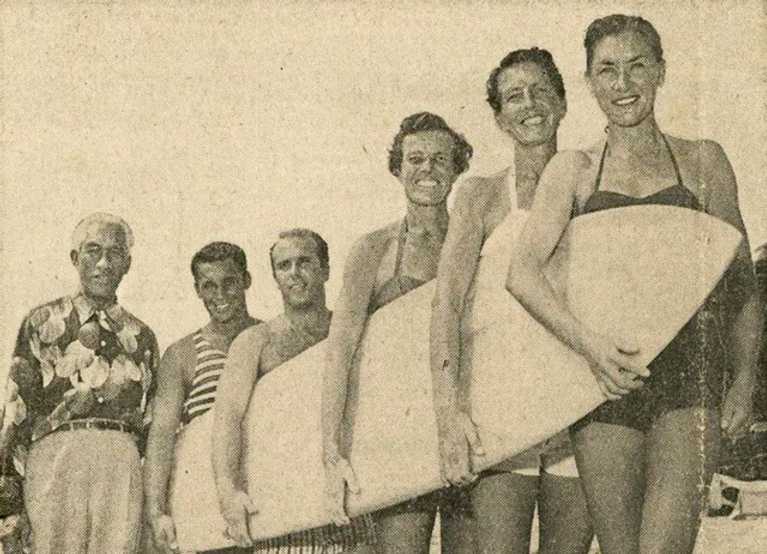SUNDAY JOINT, 12-31-2023: AND YOU MAY ASK YOURSELF, WELL, HOW DID I GET HERE?

Hey All,
How did I get to Burleigh Heads, Queensland, Australia, floating like a buoy at the top of the point on a dying swell, trying to conjure a chest-high set wave along with three other second-tier pros before an indifferent few hundred spectators at the 1981 Stubbies Pro Trials? Practice, practice, practice! to steal an antique punchline. More specifically, I got to Burleigh by selling my car for a bargain-rate roundtrip Qantas ticket, Los Angeles to Sydney, and what a mistake that was—I bombed in the Trials, flew home before the Rip Curl Bells contest (lucky break there, actually; Bells was famously huge for the 1981 event and my 5' 10" twin-fin would have matched the conditions as well as my hallucinatory-at-best interest in big waves), and landed back in Manhattan Beach, broke, living at my girlfriend’s with her parents, because a few months earlier my mom had rightfully kicked my freeloading 20-year-old ass out of the house for quitting college to chase my tail as a pro surfer.
But no. Forget what I just said. Flying off to Australia more or less on a whim was not a mistake. The surf never fired, and I impressed nobody with my junior varsity riding skills—but it was a fantastic experience, my first trip overseas, and almost all of it was made up on the fly. High adventure. Worth every penny of the $800 I got for my VW squareback.
My version of “made up on the fly” is of course different from others. I didn’t make it up, for example, like Bob McTavish made it up. Nobody has.

The very afternoon in 1963 when McTavish was let go from a plumb cash-on-the-barrelhead shaping gig for taking too many surf days—shapers of the era were expected to surf a lot, keep in mind; Bob getting pink-slipped for too much water time shows a huge dedication to flakiness—he and a friend decided to stow away on the next ocean liner to Hawaii, which happened to be the fabled SS Orsova, which happened to be leaving that night. Ten days later, with three dollars in his pocket, McTavish was cat-footing down the gangplank at Honolulu Harbor. That afternoon he hitched out to the North Shore where for just over a month he surfed, slept on various floors, and did odd jobs for food money. Immigration officials eventually found McTavish early one morning, gave chase as he swam from Sunset Beach to Rocky Point, and drove him back to Honolulu where spent three nights in a holding cell before a sympathetic judge ordered him deported but not criminally charged. This was headline news in Australia and Hawaii, both. Back in Sydney, McTavish, young and dumb, insatiable for adventure, hyperactive, all three at once, jumped a fence to avoid police and the press, ran to a friend’s waiting car and immediately drove 600 miles north to Queensland “where we celebrated my freedom,” as Bob later recalled, “with a few days of great surf on the Gold Coast. I kept waiting for a hand on my shoulder, or a cop car to roll up next to me, but nothing happened.”
One more “How did I get here?” moment before signing off. This one is quieter, more adult, surfy but with a tang of Raymond Carver.


The Betty Heldreich story is long and cursive and for the most part incredibly, relentlessly buoyant and can-do and uplifting. Setbacks and challenges land before her. Betty—Utah-born and raised, tall, boyish, a bit gangly—schemes and works her way through it all. She is at once nimble and long-range and has an unerring knack for knowing when to break away from whatever she’s working on to be physical, to run, swim, whatever it takes to be in her own body, and we’re skipping over a lot here, but this is how Betty moves to Hawaii with her husband and two daughters and takes up surfing at age 40, and less than three years later finishes runner-up in the 1956 Makaha International, which in turn presents an opportunity for her to fly to Lima to represent Hawaii in the Peru International contest.
Now we’ve arrived at the “how did I get here?” point in our story.
Peruvian contest organizers agree to cover expenses for the visiting Hawaiian surfers, except they have to pay their own airfare. Betty has enough. The other three—Rabbit Kekai, Conrad Canha, Ethel Kukea—do not, and it takes a furious couple of months of GoFundMe-style cup-rattling to raise the necessary $2,500 for plane tickets. Then off they go, geev’um brah and good luck, Betty wins the contest (as does Conrad), and a fantastic time is had by all.

Except for the incredibly awkward fact that the third woman on the trip—a dark-haired Canadian-born beauty and Waikiki Surf Club official named Anne Lamont—was having a barely-clandestine affair with Ron Heldreich, Betty’s husband. The shot you see above ran in the Honolulu Advertiser, just before the Hawaiian team left for Peru. That’s Anne on the far right, with Betty directly behind her, and great job all around with the big happy flashbulb smiles but, damn, that had to be an uncomfortable photo op.
Then again, as mentioned, nobody made lemonade out of lemons like Betty, as Vicky Heldreich Durand pointed out in Wave Woman, a 2020 biography of her mother.
The Peruvian style of aloha impressed Betty. The magnanimous hosts took the team into their homes and shared their families, as well as their beaches. For Betty, competing and partying in Peru was all part of her surfing adventure. She was beginning to see that surfing was providing her much more than just a new challenge. She felt appreciated and loved for who she truly was—perhaps for the first time in her life.
Back in Hawaii, Betty ditched Ron, bought a VW bug, moved to a beachfront vacant lot at Makaha she picked up in the divorce, took delivery on a Lindal Cedar prefab house, built it herself, and lived happily ever after. It’s a little more complicated, but not much. “When you make a mistake,” Heldreich once said, and Bob McTavish might throw his neck out nodding in agreement, “the fun is getting yourself out of it.”
Betty died in 2011, at 98. The Makaha house is still there.
Thanks for reading, and see you next week
Matt
PS: My 1981 wheels-free period didn’t last long. While I was in Australia, a friend of mine, for laughs, bought an oil-burning but otherwise pretty sound 1962 two-door Cadillac for $200. It was a party car; on weekdays he drove a gleaming new Datsun 280Z. It took a little begging, but he sold me a half-interest in the Cadillac—once the keys were in my pocket he never again got behind the wheel. I didn’t quite fall in love with that car. It smelled like gas and cracked vinyl and the novelty of driving something that big and heavy and slow wore off fast. Jacking it up, alone, to change a street-side flat tire one afternoon on a slightly inclined section of Aviation Boulevard during rush hour was my last but dumbest and most dangerous act of adolescent car-related foolishness. Then again, all three of my boards fit in the trunk with room to spare. The car asked for nothing beyond a steady feed of gas, oil, and steering fluid, and I sold it 18 months later, having never once taken it in for service, for exactly $200.

[Photo grid, clockwise from top left: David Byrne from 1984’s Stop Making Sense; Betty Heldreich at Makaha; Bob McTavish by John Witzig; the SS Orsova; Burleigh Heads by Andrew Shield. McTavish at Noosa by Witzig. Betty Heldreich with her Peru International trophy. Betty surfing Waikiki with John Lind and Mud Werner, photo by Clarence Maki. Me and the Cadillac, 1982.]